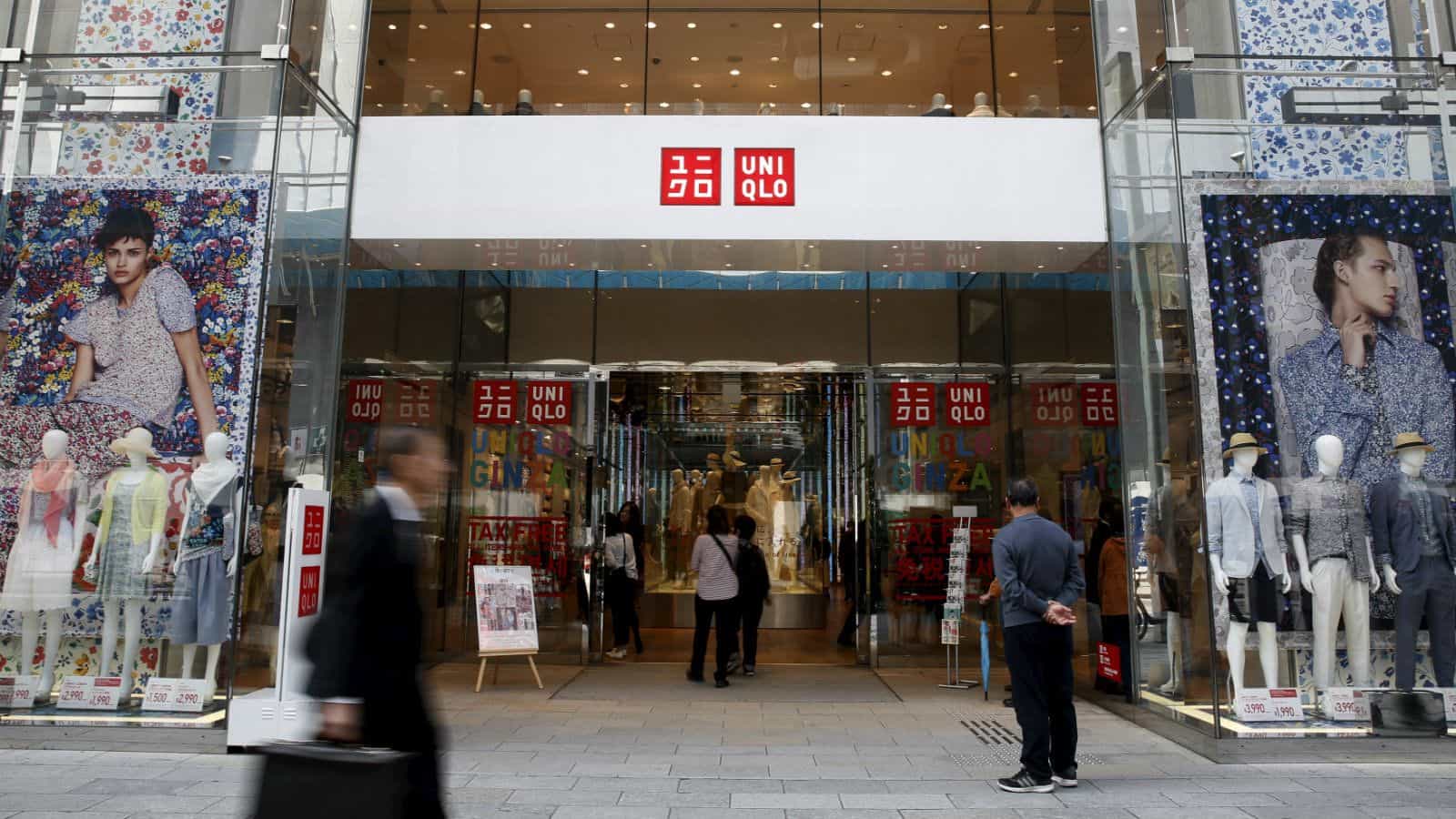Fast fashion. The term actually makes a lot of sense. Whatever is trendy, popular and in demand can be very well replaced by another change on the cusp. Hence, little wonder that the popular culture part of fashion is called fast-fashion nowadays.
Fashion retail brands can indeed be an exciting space to be in. The markets are forever thriving on competition and we are in times where luxury is being defined largely by comfort. Moreover, the fashion retail space lies at an interesting intersection of design and affordability.
While there’s no dearth of expensive fashion labels, the focus of growing lifestyle brands is to run after masses. Growth, of course, stems from the numbers. To accommodate growing numbers in the plan for rabid growth seems to be the key mantra of brands that are dabbling in the fashion retail space.
While there’s never a void of vivid, multi-sexual and uni-sexual labels and brands, there’s always a scope for a newer brand to enter consummate market places such as India. Therefore, it wasn’t a shock really to learn that famous Japanese brand- Uniqlo- was India-bound.

The Mode of Entry into India
Having earlier initiated talks with existing brands for a merger, Uniqlo is entering India on its own. However, it has had talks with mall developers in top cities to open stores somewhere in the middle of 2018, it has been noted.
Uniqlo is all set to establish a fully owned subsidiary in India, of the likes of H&M, which also happens to be a global rival of the Yamaguchi-headquartered brand.
Why has the subsidiary root been taken for India operations?
It won’t take anyone to be an Einstein. The government’s support for 100% FDI in retail propelled Uniqlo’s unique India entry that pits it directly against H&M that has already established its presence in the dynamic market here in India. This, makes sense to go for a single-brand retail solution.
What is Uniqlo famous for
A fashion lifestyle brand that caters to apparels for both genders, Uniqlo’s uniqueness stems from the comfort fabrics in the space of pants, linen- shirts, winter-wear as well as polos in solid colours.
What might have propelled Uniqlo’s arrival in India?
Again, an interesting one. The current fashion market seems to be incessantly dominated by the young millennials. Always on the go and no strangers to experimentation, the outwardly crop of India’s youth represents a busy segment that prefer being lost in coffee shops, outdoorsy experiences and in the insides of shopping malls. Hunting for clothes and gadgets is an always welcoming retreat from the morose everyday existence. Moreover, the country’s millennials are perpetually starved for choices and willing to expand their horizons for choice and preference.
It’s not hard to sense the magnetic attraction to fashion brands. Although, it remains to be seen how successfully can Uniqlo cater to India’s burgeoning retail market.
A bit of unique history for Uniqlo
The first ever store was opened in native Japan at Hiroshima. Back in 1984, Uniqlo began their Japanese operations and continue to enjoy a position of strength well into the three decades of their journey. Back in the ‘land of the rising sun’, the brand is a household name. It is the country’s largest apparel retail chain and enjoys the support of Japan’s youth base, tiny as it may be in front of an ageing population, more of a menace in the present light of things for the country.
Although, globally the brand has over 1010 outlets and is famous in countries such as Russia, United Kingdom, Singapore, South Korea, China- at home in Japan, there are about 830 stores.


